Table of Contents
In this article we’re discussing the mid-sized 2024 Dell XPS series, the Dell XPS 14 9440.
Dell decided to bring back the 14-inch XPS after many years of not offering an option in this class, and this replaces the XPS 13 Plus model and slots in underneath the XPS 16 9640 as a more compact and lightweight device with similar features and somewhat similar capabilities.
All the 2024 XPS laptops step away from the traditional design lines of past XPS 13/15/17 models and instead get their design ques from the XPS 13 Plus, which means the traditional inputs are ditched for a short-stroke keyboard with partially haptic keys and a large haptic touchpad, and the IO is minimal and relies mostly on USB-C ports.
At the same time, the XPS 14 remains a premium-level computer in terms of design and build quality, as well as a versatile series available in a handful of colors and display and configuration options.
We’ll discuss these options down below, explaining the particularities of the XPS 14 9440 2024 model and how it compares to the large XPS 16 variant, as well as how it fares against the XPS 15 of previous-years.
2024 Dell XPS 14 9440 vs. XPS 16 9640 (2024), XPS 15 9530 (2023)
Here’s a specs sheet of the three.
| Dell XPS 14 9440 early-2024 generation | Dell XPS 16 9640 early-2024 generation | Dell XPS 15 9530 mid-2023 generation | |
| Screen | 14.5 inch, 16:10 aspect ratio, OLED, 3.2K+ 3200 x 1200 px, 120Hz, 100% DCI-P3, 400-nits, anti-reflective, touch IPS, FHD+ 1920 x 1200 px, 120Hz, 100% sRGB, 500-nits, anti-reflective, non-touch |
16.3 inch, 16:10 aspect ratio, OLED, 4K+ 3840 x 2400 px, 90Hz, 100% DCI-P3, 400-nits, anti-reflective, touch IPS, FHD+ 1920 x 1200 px, 60Hz, 100% sRGB, 500-nits, anti-reflective, non-touch |
15.6 inch, 16:10 aspect ratio, OLED, 3.5K+, 60Hz, 100% DCI-P3, 400-nits, anti-reflective, touch IPS, FHD+ 1920 x 1200 px, 60Hz, 100% sRGB, 500-nits, anti-reflective, non-touch |
| Processor | Intel Meteor Lake Core Ultra 45, up to Core Ultra 7 165H, 6PC+10Ec/22T |
Intel Meteor Lake Core Ultra 45, up to Core Ultra 9 185H, 6PC+10Ec/22T |
Intel 13th-gen Raptor Lake H45, up to Core i7-13900H, 6PC+8Ec/20T |
| Video | Intel Arc + up to Nvidia GeForce RTX 4050 6GB (30W) | Intel Arc + up to Nvidia GeForce RTX 4070 8GB (60W) | Intel Iris Xe + up to Nvidia GeForce RTX 4070 8GB (50W) |
| Memory | up to 64 GB LPDDR5-7467 (soldered) | up to 64 GB LPDDR5-7467 (soldered) | up to 64 GB DDR5-4800 (2x DIMMs) |
| Storage | 1x M.2 2280 slot | 1x M.2 2280 slot | 2x M.2 2280 slots |
| Connectivity | Wireless 6E 2×2, Bluetooth 5.3 | Wireless 7 2×2, Bluetooth 5.4 | Wireless 6E (Intel AX211) 2×2, Bluetooth 5.2 |
| Ports | 3x USB-C with Thunderbolt 4 (2x left, 1x right), audio jack, micro SD card reader | 3x USB-C with Thunderbolt 4 (2x left, 1x right), audio jack, micro SD card reader | 2x USB-C with Thunderbolt 4 (2x left), 1x USB-C 3.2 with data/charging/video (right), SD card reader, audio jack, Lock |
| Battery | 69.5 Wh, 60 or 100W USB-C charger with quick-charging | 99.5 Wh, 130W USB-C charger with quick-charging | 86 Wh, 130W USB-C charger with quick-charging |
| Size | 320 mm or 12.6” (w) x 216 mm or 8.5” (d) x from 18.0 mm or 0.71” (h) | 358 mm or 14.1” (w) x 240 mm or 9.4” (d) x from 18.7 mm or 0.74” (h) | 345 mm or 13.57” (w) x 230 mm or 9.06” (d) x 18 mm or 0.71” (h) |
| Weight | from 3.7 lbs (1.7 kg) + charger+cables | from 4.7 lbs (2.13 kg) + .44 kg (.97 lbs) for the charger+cables | from 4.2 lbs (1.9 kg) + .44 kg (.97 lbs) for the charger+cables |
| Extras | clamshell design with limited screen angle ??, white backlit zero-lattice keyboard with capacitive top row, 1.0 mm travel, seamless glass haptic touchpad, FHD webcam with IR, dual-mic array, quad up-firing speakers – 8W of power, available in Graphite and Platinum colors |
clamshell design with limited screen angle ??, white backlit zero-lattice keyboard with capacitive top row, 1.0 mm travel, seamless glass haptic touchpad, FHD webcam with IR, dual-mic array, quad up-firing speakers – 10W of power, available in Graphite and Platinum colors |
clamshell design with 130-degree screen angle, white backlit keyboard, glass touchpad, HD webcam with IR, finger-sensor in the power button, quad up-firing speakers – 8W of power |
Design and ergonomics
The XPS 14 is smaller and lighter than the full-size 2024 XPS 16 series available today, but also a tad smaller and lighter than the previous XPS 15 models. That’s because this offers a 14.5-inch 16:10 display, and Dell do their best to minimize the footprint of the device around that display, as you can tell from the minimal bezels.
So the XPS 14 starts at 3.7 lbs for the non-touch IPS configuration and 3.8 lbs for the OLED touch model, which gets an extra layer of Gorilla Glass Victus over the panel, adding to the weight. In comparison, the XPS 15 started at just under 4.2 lbs, while the XPS 16 starts at 4.7 lbs. And you should also consider that the XPS 14 comes with a slightly smaller charger.
Size aside, though, the XPS 14 and 16 are nearly identical designs, with the only difference being the narrower speaker grills that flank the keyboard on the 14-inch chassis. Otherwise, these get the same peculiar keyboard design, the haptic media keys at the top, and the glass armrest with the seamless haptic touchpad. They also get the exact same IO on the sides.
Overall, this XPS 14 is one of the most beautiful Windows laptops available today, with excellent attention to detail and craftmanship, and good quality materials. One could perhaps argue that the lid looks a bit dated with that big Dell logo in the middle, and perhaps a refresh with a more subtle logo would have been nice, but that aside, you can hardly fault this design in any way.
The series is available in two color options, Graphite (dark gray) and Platinum (silver), with color matching inputs.
The image down below showcases the differences in size between the Platinum versions of the 13, 14 and 16-inch 2024 XPS models.
And so does this video from Dave2D.
Ergonomics, on the other hand, are subject to some nitpicking, especially around the inputs.
These have been previously implemented in the XPS 13 lineup, so there’s already plenty of feedback on how this short stroke keyboard with large keys and minimal spacing between works in comparison with other keyboards. There’s also feedback on the seamless touchpad, which is still placed in the middle of the armrest, but is not physically indented in any way. And it doesn’t depress like a tradition touchpad, instead, the response it haptic.
For general use, I’d be fine with these unusual keyboards and the lack of proper F keys. But for any sort of professional use, such as editing content or programming or any other specific tasks, having to adapt to this keyboard layout might not be worth the effort.
And then there’s the IO, which is minimalistic.
That means you’ll have to rely on USB-C only ports, an audio jack and a micro SD card-reader. That’s all. And yes, adapters for USB-A and HDMI are included, but I still would have preferred if those were actual ports. If Apple can put a proper HDMI and SD card reader on their MPB 14, I’d expect Dell would as well on what’s one of the most visible MBP competitor in the Windows space.
Screen
There’s a 14.5-inch 16:10 display on the XPS 14 9440 series, a format available with a handful of other 14-inch premium devices these days.
Dell keep the bezels around the display tiny, including those at the bott0m and top, although there’s still space at the top for the camera (1080p), mics and the light sensor.
As for the actual available panels, those are either a 3.2K touch OLED or a FHD+ non-touch IPS. The difference in sharpness and overall image quality is going to favor the OLED by a hefty margin, with the richer colors and the excellent blacks and contrast. However, the potential quirks of OLEDs should also be considered, such as the limited peak brightness, flickering at dimmer settings, and even burn-in. We’re discussing these more indepth in this separate article on OLED laptop technology.
The FHD display is brighter and better suited for outdoor use or very bright environments. It’s only a 100 sRGB gamut coverage, so not as beautiful as the OLED. However, this is also a more efficient and more affordable panel option, so there are reasons why you’d want to go with this option over the more premium alternative.
Hardware and performance
Specs wise, the 2024 Dell XPS 14 9440 series is built on Intel Meteor Lake Core Ultra H processors and optional Nvidia RTX 4000 graphics, with LPDDR5x memory and gen4 SSD storage.
Here are the available specs options:
- Intel Core Ultra 7 155H or Ultra 165H processors;
- Intel Arc iGPU or RTX 4050 6GB (30W) dGPU;
- soldered RAM – 16/32/64 GB LPDDR5x-6400 or LPDDR5x-7467;
- single M.2 2280 storage slot – 512 GB to 4 TB of SSD storage.
The Meteor Lake hardware is powerful in mid-sized implementations such as this one, although it is still dependent on the applied power settings, and it’s not going to run at max potential in here. It’s also worth mentioning that there’s no Core Ultra 9 CPU option for the XPS 14, as this remains exclusive for the larger XPS 16 model.
Dell haven’t detailed the power profiles for this XPS model, but I would expect this to run at around 45W TDP sustained in CPU loads, thus lower than the Meteor Lake implementation in the XPS 16, and roughly on-par with the 45W implementation of Raptor Lake Core H processors in the XPS 15 2023.
Hence, don’t expect the XPS 14 to outperform those in sustained CPU loads. It should run more efficiently with casual use, though.
I’d also have a special mention of the Intel only configurations of this XPS 14, with the Arc graphics. Those have the potential to offer solid mix-used performance here, with excellennt temperatures and noise levels, and a somewhat competitive price. If GPU performance is not that important for you, that configuration is the one to get. And if GPU performance is indeed important, perhaps you’d be better off with another 14-inch device that’s more optimized towards performance.
The thermal module on this XPS 14 is quite competent for a device of this size, and a shrunk down iteration of the cooling in the XPS 16, with two fans, two radiators and two-heatpipes. Other OEM use lesser designs in even higher-powered GPU configurations, so I’m expecting this cooling module to handle well both the Arc and the RT 4050 30W variants, even if Dell choose to keep the fans aggressively quiet at sub 40 dBA even on the Ultra-Performance profile, as they tend to on their XPS models.
Anyway, there are a few other aspects that I must mention here:
- the cooling still implements the radiators between the screen hinges, close to the screen, which means the hot air is still pushed into the display;
- the RAM is soldered on the motherboard with the XPS 14, thus non-upgradeable;
- there’s only a single M.2 2280 SSD slot inside this chassis;
- the battery is 69.5 Wh and this comes with either a 60 or 100W USB-C charger;
- bottom and up-firing speakers are implemented here, totaling 8W of power. Expect excellent audio quality from this series.
With the 70Wh battery and the efficient Meteor Lake hardware, the XPS 14 should deliver runtimes onpar with the ZenBook 14 we’ve recently tested, which means 10-12 hours of media streaming and light use, and 6-8 hours of mixed multitasking. That’s not on par with the MacBook Pro 14, but better than on most other Windows devices.
Pricing and availability
The Dell XPS 14 9440 is going to be available in stores in Q1 2024, starting at 1699 USD in the US, 2249 CAD in Canada and 1999 EUR in Europe.
Final thoughts
14-inch laptops are highly popular these days, especially as portable all-purpose devices, and Dell launching their own option in this niche makes perfect sense.
This is not going to be the right option for everyone looking in this space, though, for three main reasons. First of, there are the peculiar inputs and limited IO. Then, there’s the somewhat limited configurations and power settings, only making this viable for those not interested in running seriously demanding loads. And then there’s the pricing, which at least at launch, is steep compared to other 14-inch models with similar displays and Meteor Lake specs. And steep compared to the slightly smaller XPS 13 2024 as well.
For those reasons, last year’s XPS 15 should be a worthy alternative for this 14-inch model, while still available. It’s a better value option at the current prices, with arguably better performance options, more ports and more traditional inputs, in only a slightly larger chassis. And if for some reason a 14-inch format is an absolute must for you, you should at least acknowledge and consider some of the other options that are available (such as the Lenovo Slim Pro 9i or the Razer Blade 14) or are coming in these next few weeks.
Anyway, that’s about it with this first look at the 2024 Dell XPS 14 9440 series, but I’ll update the article over time with new details, and hopefully get to review this more in-depth when available, even if Dell are not willing to send us review units. In the meantime, let me know what you think of this new 14-inch Dell XPS 14 in the comments section down below.

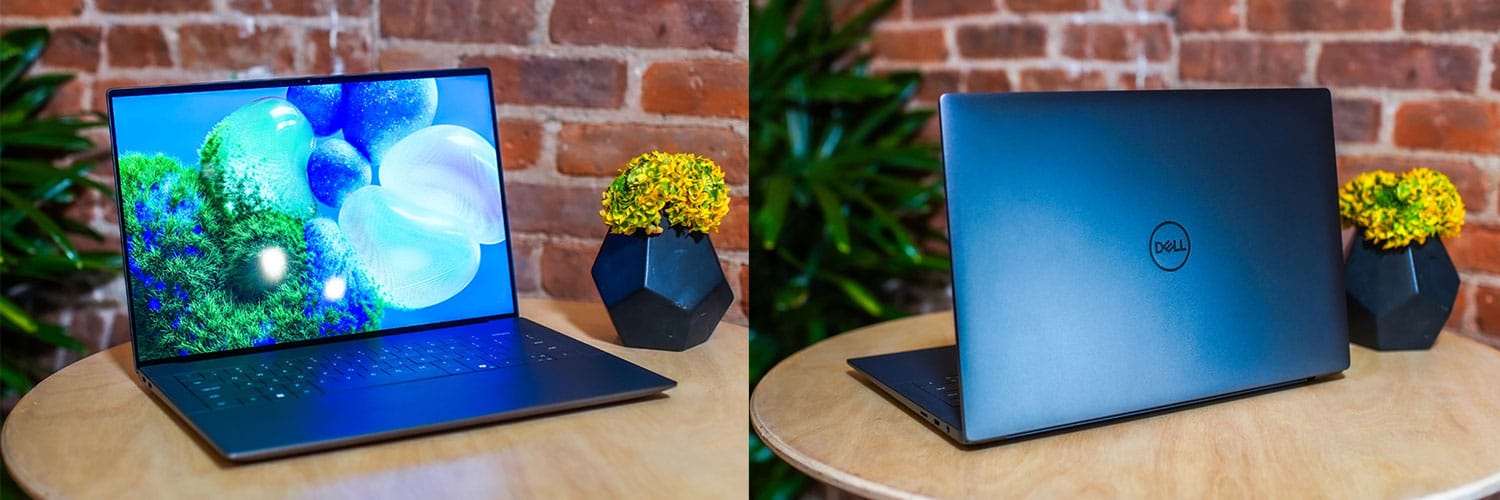
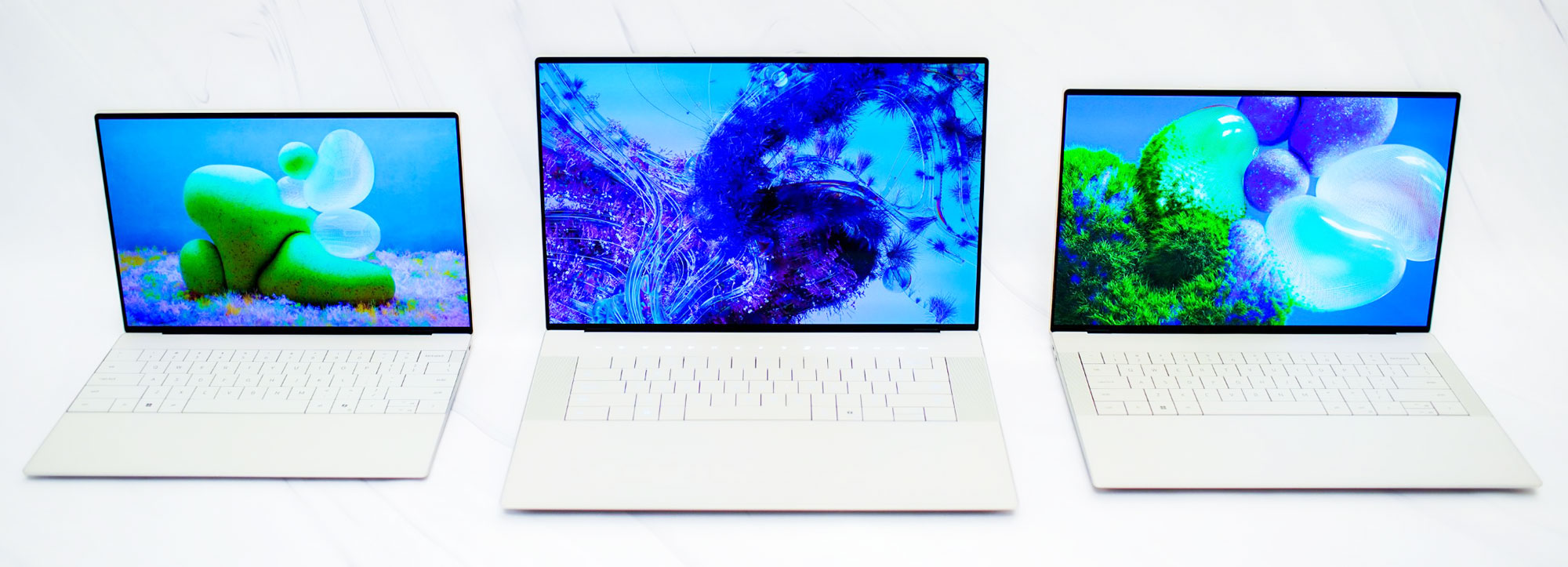
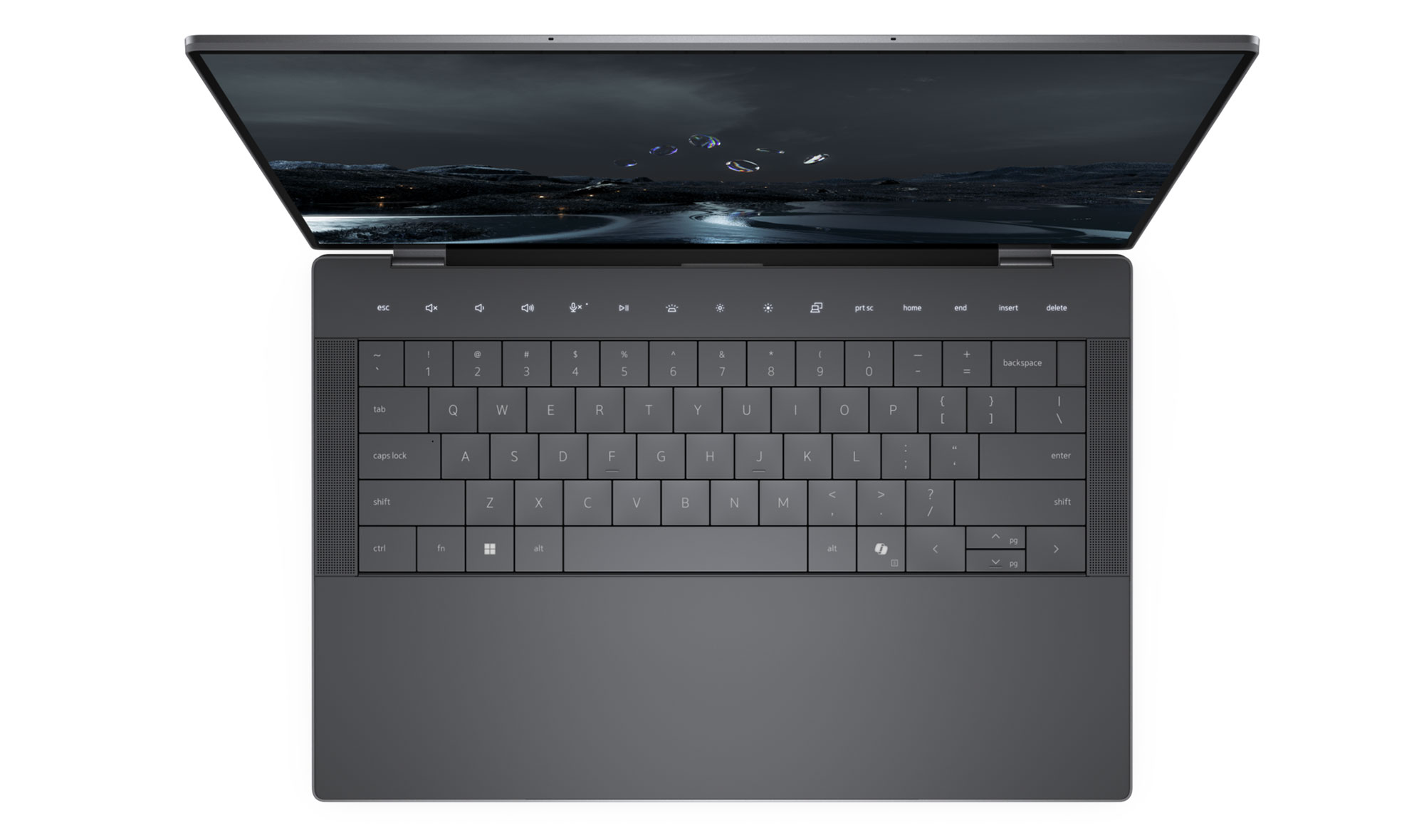
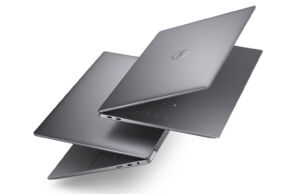
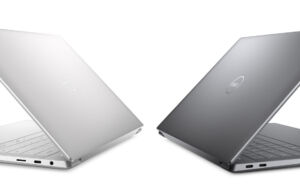
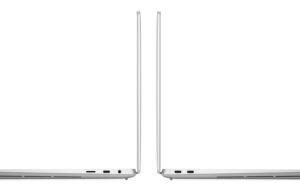
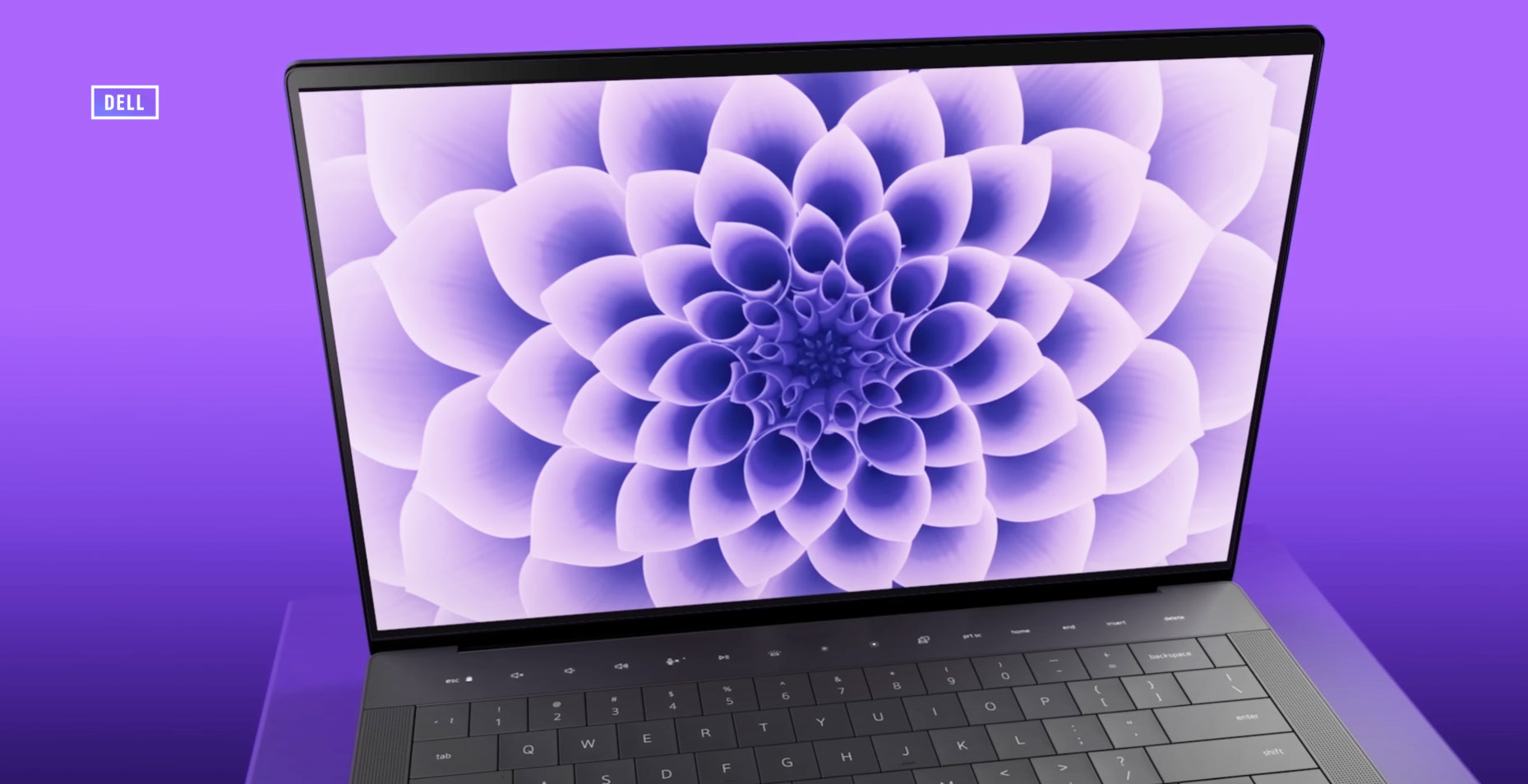
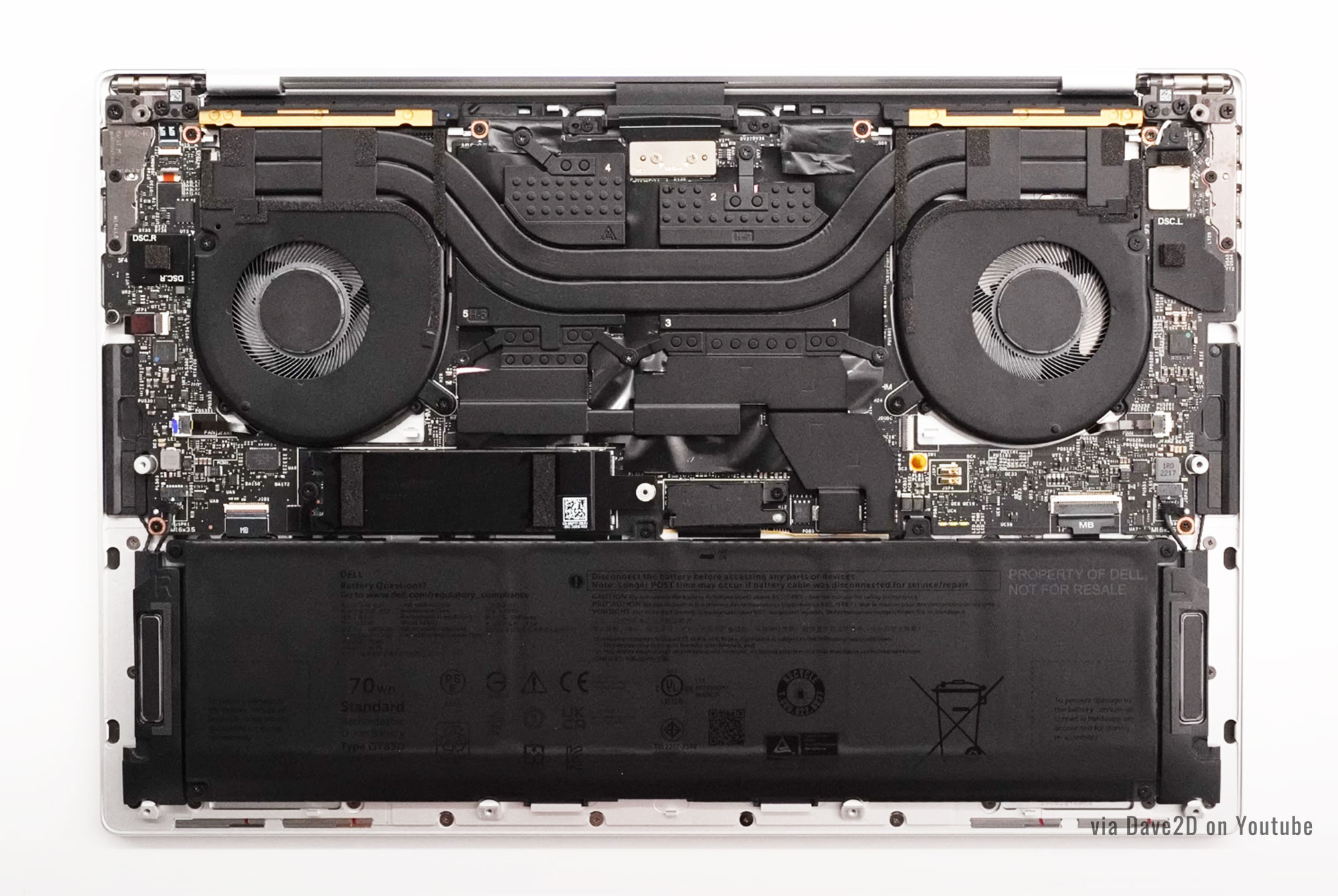
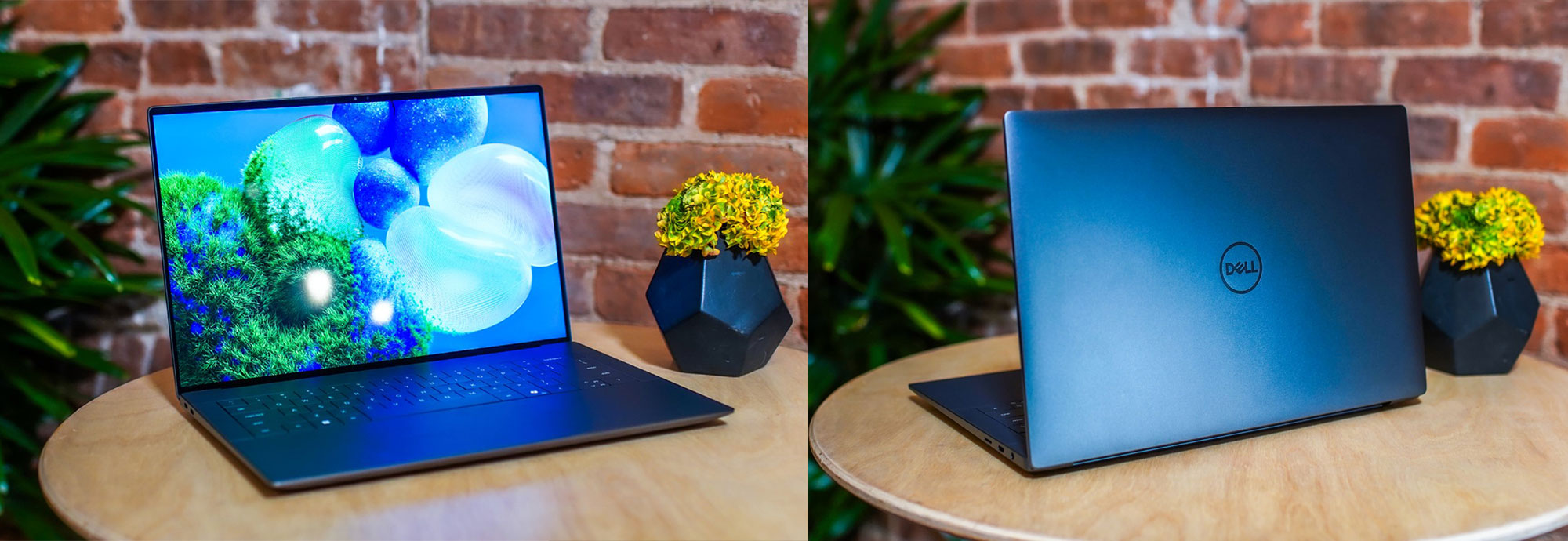


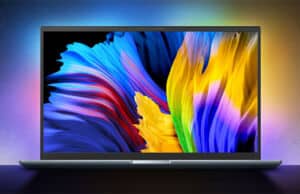

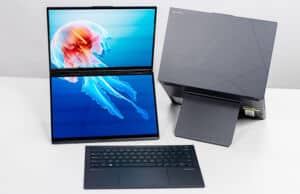
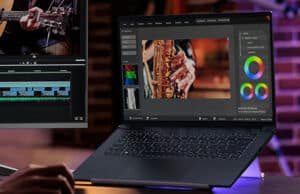
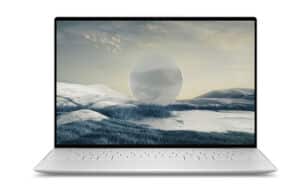




PHVM_BR
January 5, 2024 at 1:58 am
This model is interesting, but only in versions without dGPU.
I believe it should deliver great performance, with good potential.
The version with RTX 4050, in my opinion, it makes no sense to offer this GPU with a TGP below the minimum indicated by Nvidia (base TGP = 35-115W + Dynamic Boost = 10-25W).
Precision 5480 with a slightly smaller screen (14" vs 14.5") has a TGP of 50W…